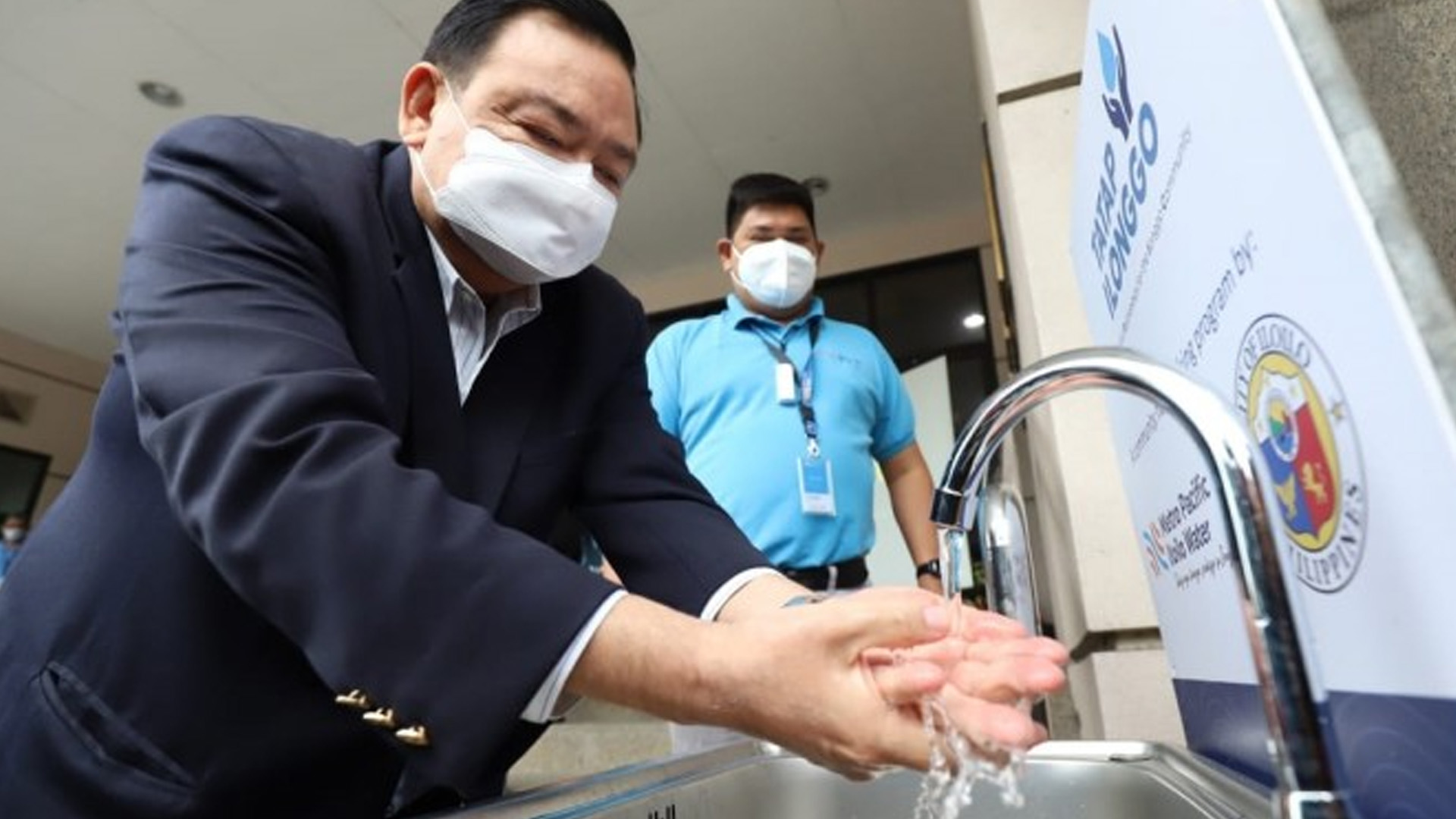Frequent and proper handwashing with soap and water prevent the transmission of hand, foot and mouth disease (HFMD), a health expert said Friday.
“We teach children to wash their hands after using the toilet, especially before eating. In fact, in a study in China, nakita nila na (they saw that) handwashing is an effective way to prevent HFMD outbreak,” University of the Philippines-Philippine General Hospital Community Dermatology Vice Chair Maria Christina Filomena Batac said in a media forum.
HFMD is a mild and contagious infection caused by human enteroviruses species A and enterovirus 71.
It is common among children 10 years old and below manifesting as vesicles or blisters on palms, soles, tongue, and buttocks.
Adults also acquire HFMD but they may have no or very few blisters.
Prior to the eruption of blisters, which takes seven to 10 days, infected children and adults may experience low grade fever, malaise, abdominal pain, cough colds and sore throat for one to two days.
“Sa mga bansang nagbabago ang klima, madalas nakikita ang hand-foot-mouth disease tuwing tag-init or taglagas (Hand-foot-mouth disease can be seen in countries where weather changes every summer or autumn),” Batac said.
“Ang hand-foot-mouth disease ay nakukuha lamang sa tao, hindi ito galing sa hayop, hindi ito kagaya ng foot and mouth disease na nakakaapekto ng mga baka, baboy, tupa at kambing (Hand-foot-mouth disease is only from humans, this is not from animals, this is not similar to the foot and mouth disease affecting cows, pigs, sheep, and goats),” she added.
It can be spread through fecal-oral transmission and respiratory inhalation.
Symptoms may take three to six days to show once a person is exposed to an HFMD patient.
The patient is contagious for five weeks because the virus can still be present in the feces from four to eight weeks, and for two weeks in throat secretions.
Batac said children younger than 6 years old sometimes develeop onychomadesis or loss of nail, one to two months after HFMD.
She said some cases lead to severe neurologic disease like encephalities, encephalomyelitis, and polio-like syndromes; and other complications like myocarditis, pulmonary edema, pulmonary hemorrhage and death.
There are no antibiotics and no antivirals for HFMD. It can only be managed through supportive treatment including medicine for fever and pain, hydration, proper nutrition, and sleep and rest.
In addition to handwashing, parents, guardians and carers are advised to disinfect commonly touched surfaces and toys to prevent HFMD transmission. (PNA)







